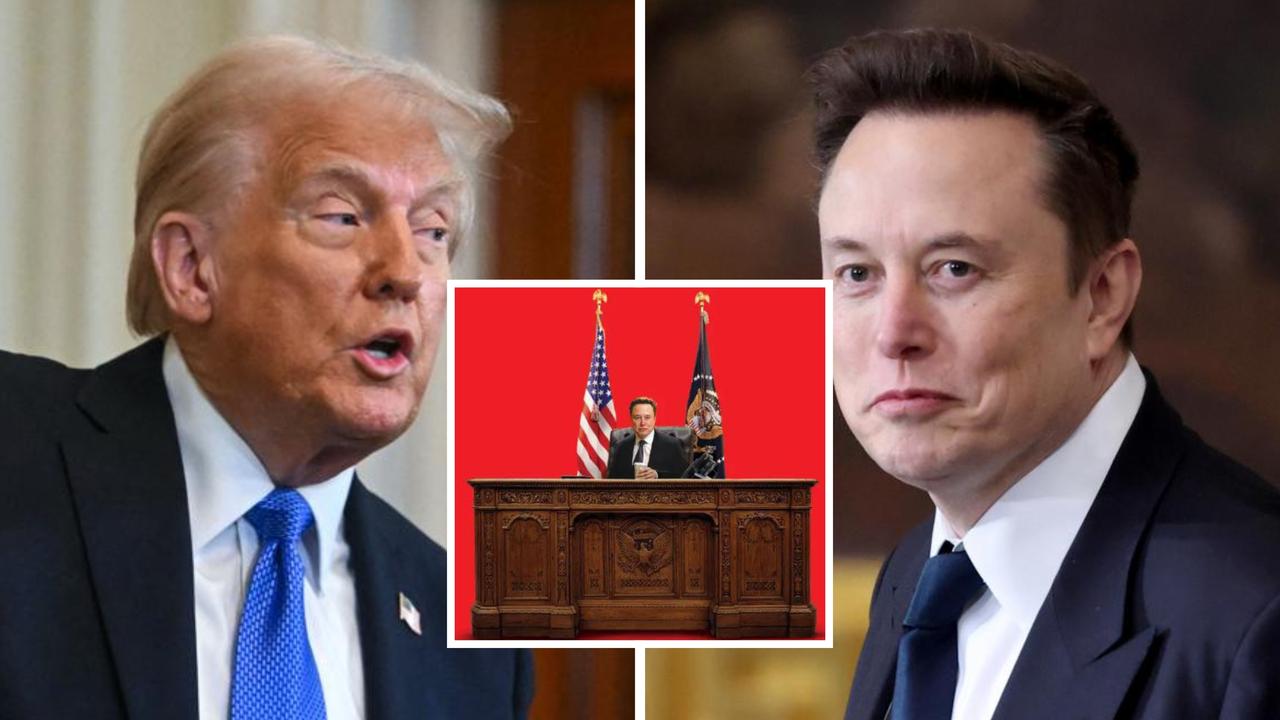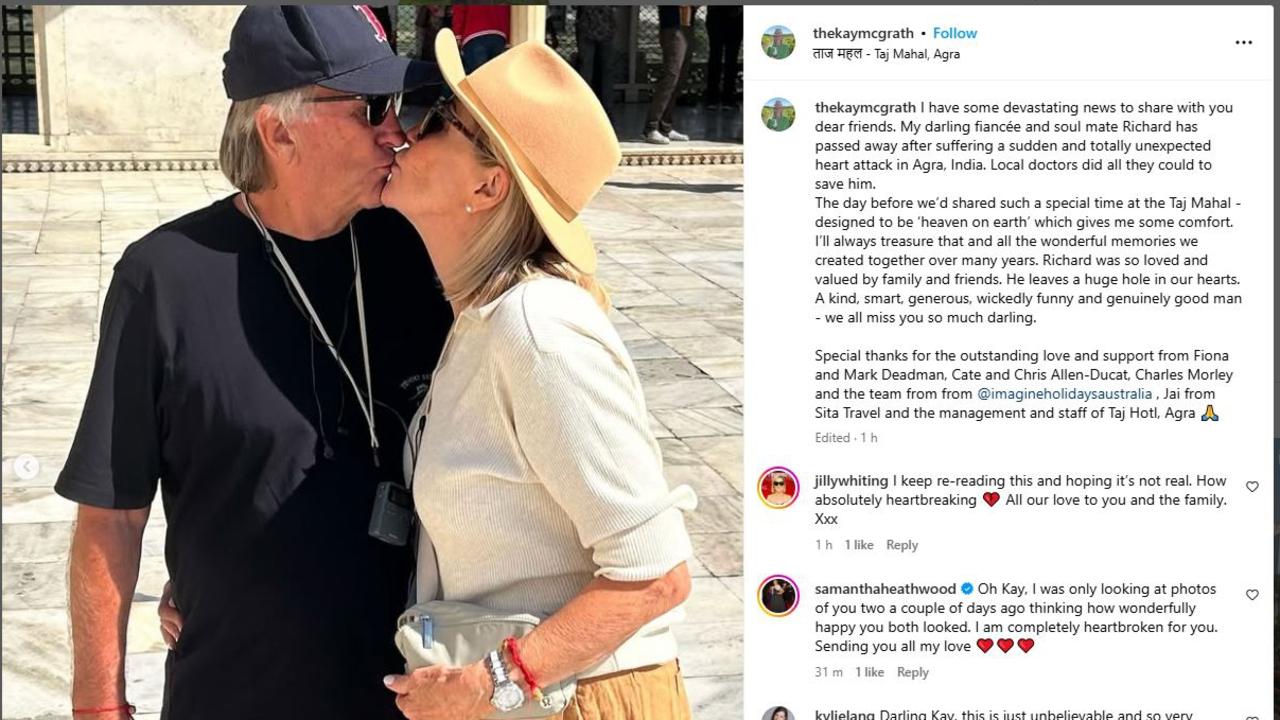Experts weigh in on whether Gillette’s controversial ‘toxic masculinity’ ad will achieve anything
Gillette’s ad this week upset a lot of people and led to a furious boycott. But will it achieve anything or is it just a cynical marketing stunt?
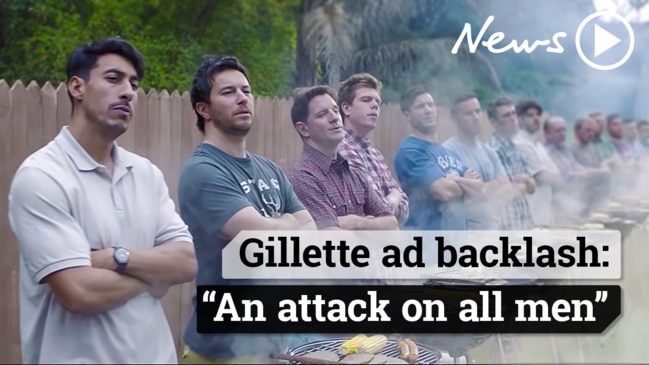
Gillette’s two-minute social media video about toxic masculinity, encouraging men to be the best they can be, has ignited a wave of angry division around the world.
But will the backlash and boycotts hurt the razor giant’s business? And more importantly, will their contentious message actually achieve anything?
Focusing on the #MeToo movement and depicting various scenes, from bullying and catcalling to violence, the clip lobbed online early Tuesday and has since clocked up almost 19 million views on YouTube and 26 million on Twitter.
British media identity Piers Morgan and Hollywood actor James Woods have led the angry opposition to it, declaring it an “attack on men”.
With such a focus on people’s furious reaction to it, will the campaign drive any meaningful change? Gemma Hunter, global executive creative director at the ad agency MediaCom, isn’t convinced at this point.
“Creating great content and putting it out in order to get people talking is important,” Ms Hunter said.
“It starts conversations, yes. The one thing they’ve done is spark a debate, but if you want to change behaviour this won’t do it on its own. You’ve got to keep reinforcing the message and provide not only communication but also experience. To me, that’s the missing link.”
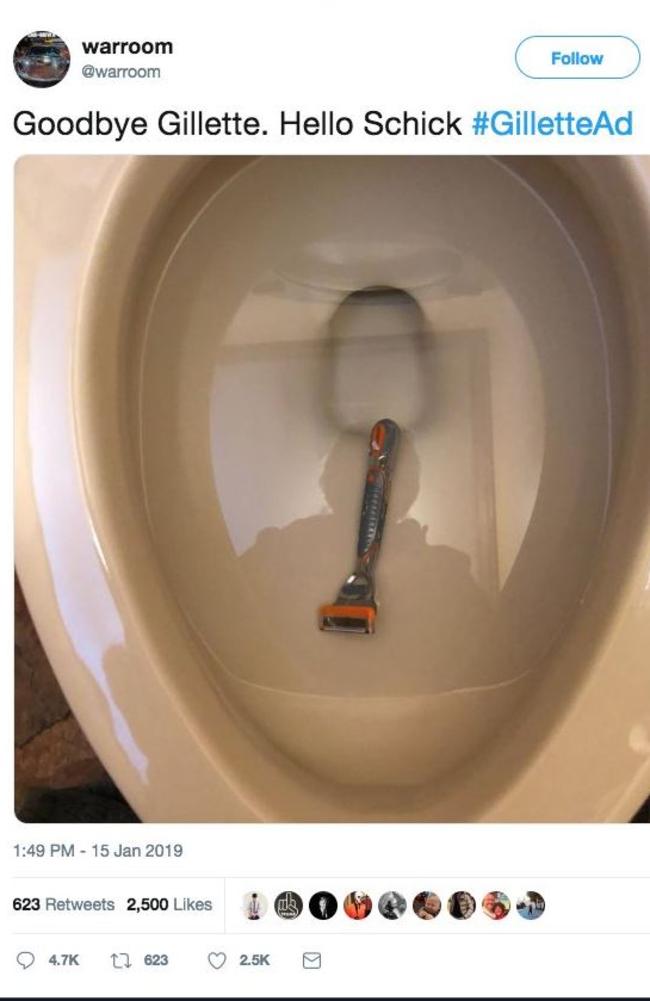
Proctor & Gamble, the parent company of the Gillette brand, has committed $1 million a year over three years to charities focused on men.
To put that in perspective, the global consumer goods giant has an estimated net value of $AU307 billion.
“I would hope that’s just the start,” Ms Hunter said of the $3 million allocation.
“It’s great they’ve committed budget to supporting charities and organisations that are experts, but I’d like to see the brand be active. It’s easy to create content and it’s easy to donate money, from a marketing perspective.
“To take action in the world to change something takes a lot more time, effort and expertise.”
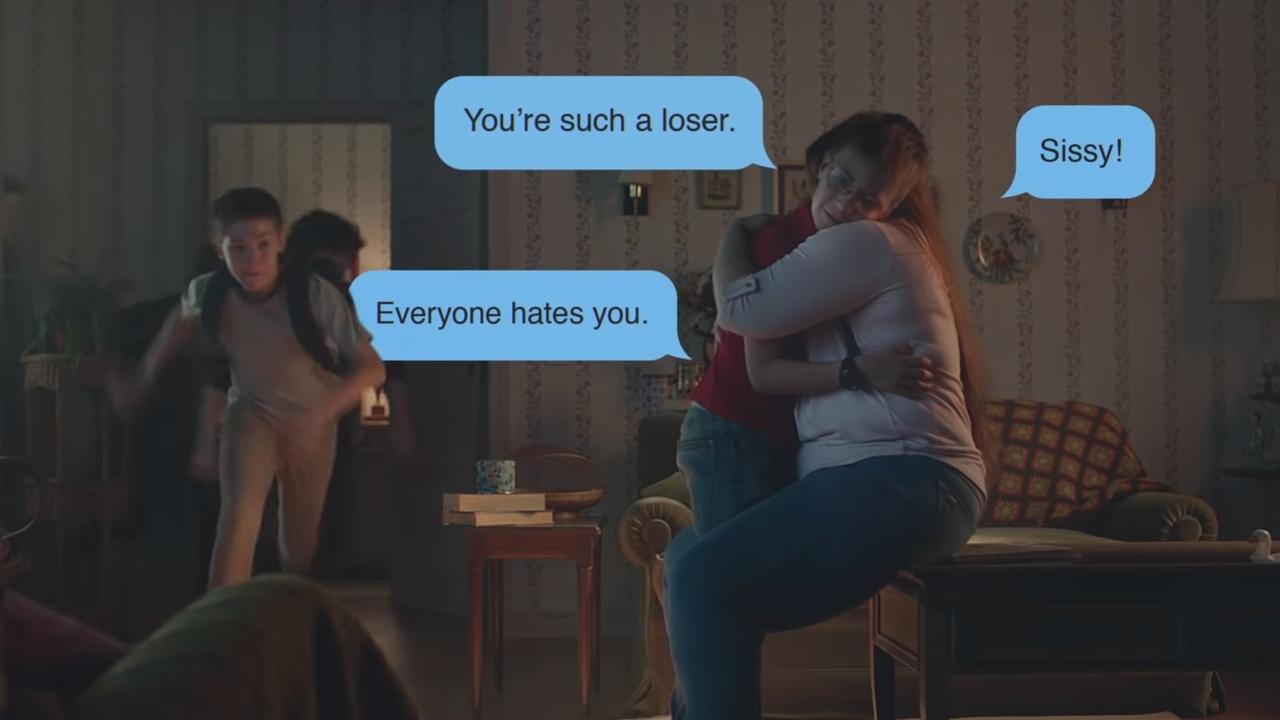
Paul Nagy, chief creative officer for Australia and New Zealand at the agency VMLY&R, said brands were increasingly tapping into high-profile social movements.
Late last year, the famed apparel brand Nike sparked controversy when it released an ad starring quarterback Colin Kaepernick.
But that campaign and Gillette’s video are “very different things”, Mr Nagy said.
“Nike is a brand with a long history of stranding up for things and making strong, emotional statements,” he said.
“It was still a risk for them, absolutely. But if you know the Nike brand, you can’t be surprised they stand for something. In Gillette’s case, it’s completely different. I think it’s charitable to say it has stood for very little except for more and more blades in their razors.
“In fact, if anything, they’d probably strengthened the male stereotype that all you need to do is have a clean shave you get the girl. I think they’ve perpetuated it in the past.”
Incase you didn’t get to see enough of #Gillette’s ASSvertisements... pic.twitter.com/oGuX8qC0wH
— Kristy Swanson (@KristySwansonXO) January 17, 2019
me after watching the gillette ad once pic.twitter.com/sr2DZRv2rs
— Kat McPhee (@katharinemcphee) January 17, 2019
Like Ms Hunter, he believes that Gillette’s $3 million spend is a “great start” but said they will need to do much more if it really wants to drive behavioural change.
“To go back to the Nike example, they do a lot of stuff in the background for lower socio-economic communities, for African-Americans, for sport in general,” Mr Nagy said.
“But they’re also not afraid to back Colin Kaepernick publicly with a massive campaign, knowing some people might burn their shoes.
“We’re consumers and these things mean a lot to us. We like it when brands stand up for us and for things that matter. You’ve got to do — not just say you’re going to do.”
If this single video and modest donation commitment are it, he said, they will have achieved nothing.
“They’ve blown the whistle and that’s good, but if they go back to extra blades and chiselled jaws, good looking girls hanging off a good-looking guy’s shoulder, they will have done nothing but annoy some people.
“If they stick with it over time and become a brand that stands for men improving themselves and thinking about what it means to be a good man, they will succeed.”
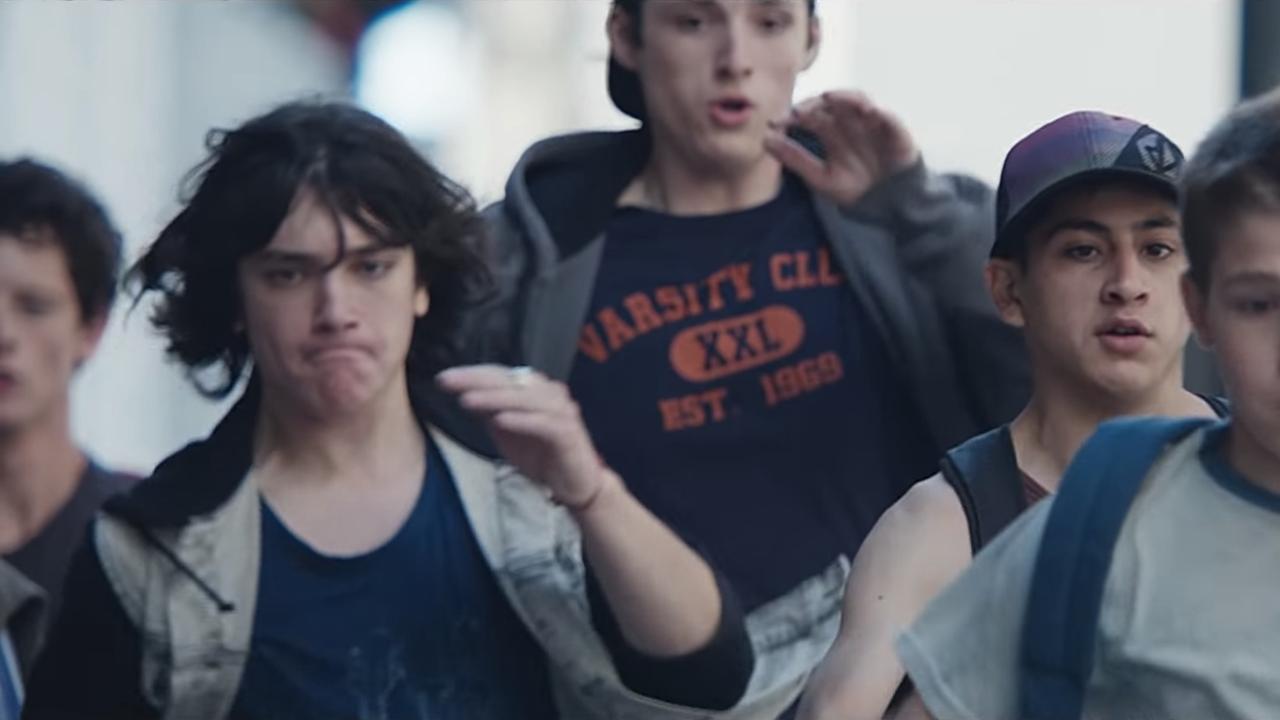
Brands tapping into social movements via their marketing campaigns isn’t necessarily a new thing, but it’s becoming increasingly common, Mr Nagy said.
A company can generate free publicity, a huge consumer-to-consumer conversation about their products and widespread brand awareness, all without spending much money, he said.
“It’s incredibly valuable,” Mr Nagy said.
And in Gillette’s case, it’s a classic example of a brand “jumping on the bandwagon”.
“That comes with an enormous amount of risk though, especially if it’s done from a superficial point of view. If you jump in and jump back out, you can truly damage your brand for years to come, and in some cases irrevocably.”
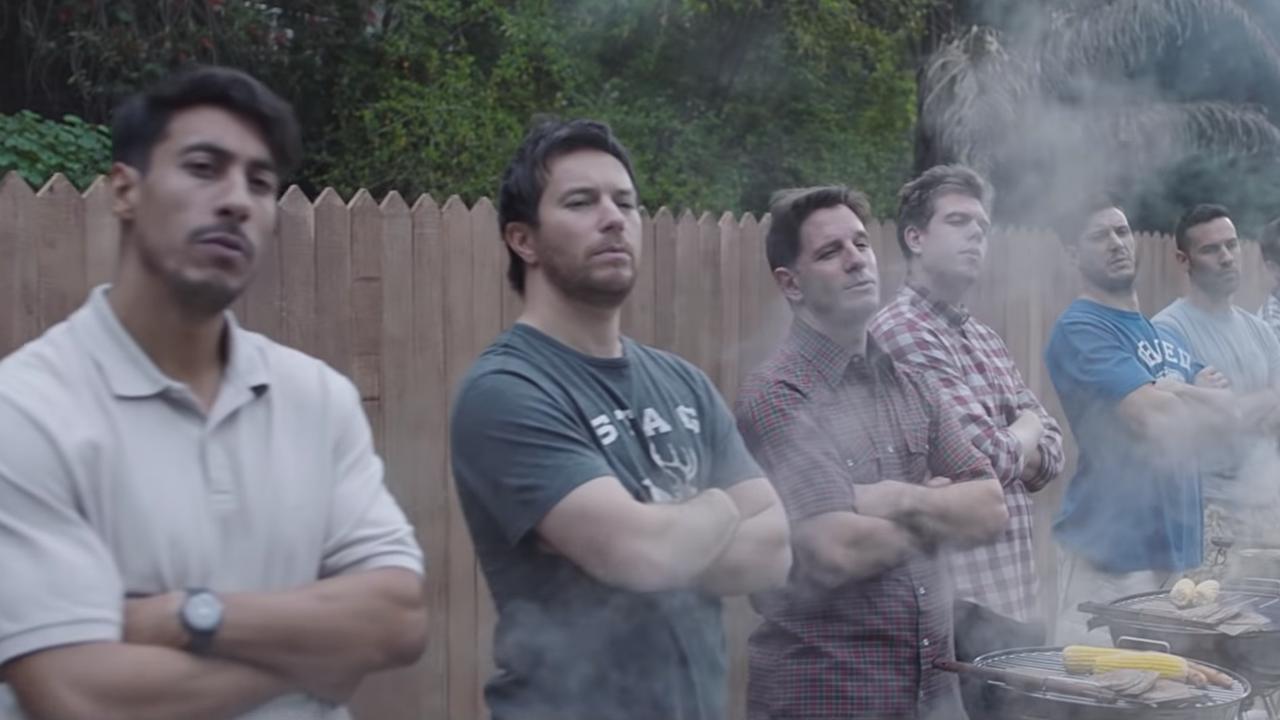
The most senior levels of the brand’s parent company would’ve anticipated the backlash the video created, Ms Hunter said.
“We know from recent campaigns that when you step out on that ledge, everyone is going to talk about it,” she said.
Despite the reaction, Ms Hunter doesn’t think the business will be “materially impacted in the long-term”.
“After Nike’s ad, there was a small dip in the share price for a very short term, followed by a sales increase in certain areas.
“Some people might say they won’t buy from a brand anymore, but the groundswell from people who think they’ve done good will be much larger, I think.”
All of the controversy aside, both Mr Nagy and Ms Hunter said the ad itself was not brilliantly executed.
“I think it’s flawed in that the first part of it does kind of infer that all men have gone bad,” Mr Nagy said. “That’s why I think people have taken umbrage with it. But the values it’s trying to instil — that’s brilliant.”
Ms Hunter said she liked that the video used real-world news and user-generated footage and had sparked a conversation.
“What I didn’t like is that I think it crammed way too much in,” Ms Hunter said.
“There was so much content in there and it moved so fast that I don’t know how much of the message came through loudly and strongly.”
Believe in something, even if it means sacrificing everything. #JustDoIt pic.twitter.com/SRWkMIDdaO
— Colin Kaepernick (@Kaepernick7) September 3, 2018
She also believes Proctor & Gamble is entitled to join a socially geared conversation, given it has done so on many occasions in the past with its other brands.
“They haven’t just out of the blue decided to do something. Yes, it might be new for this brand, but if you look across their portfolio, P&G plays in this space quite often and quite actively.”



